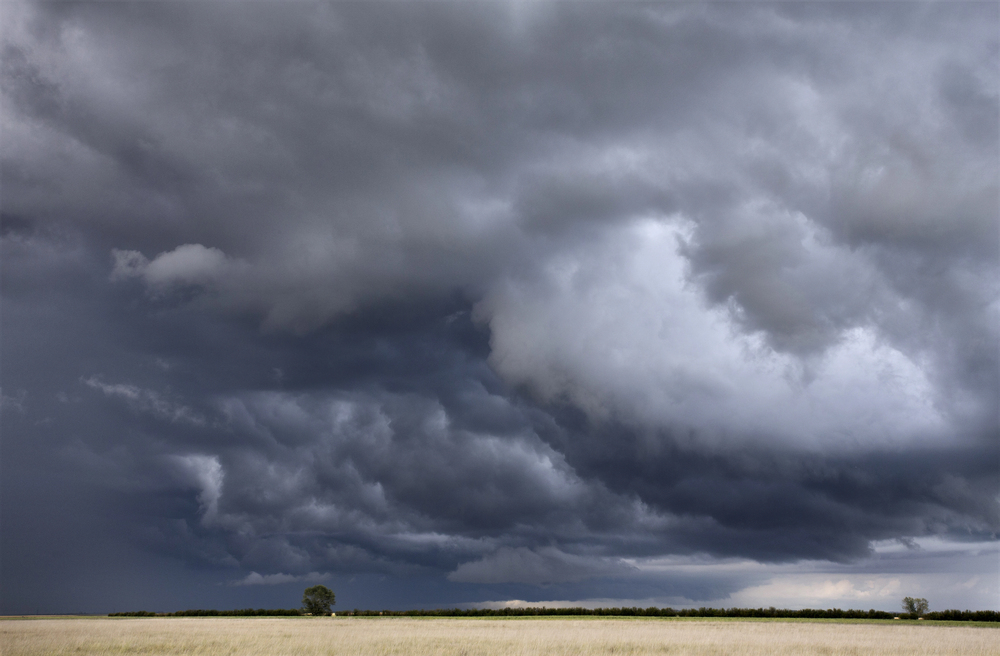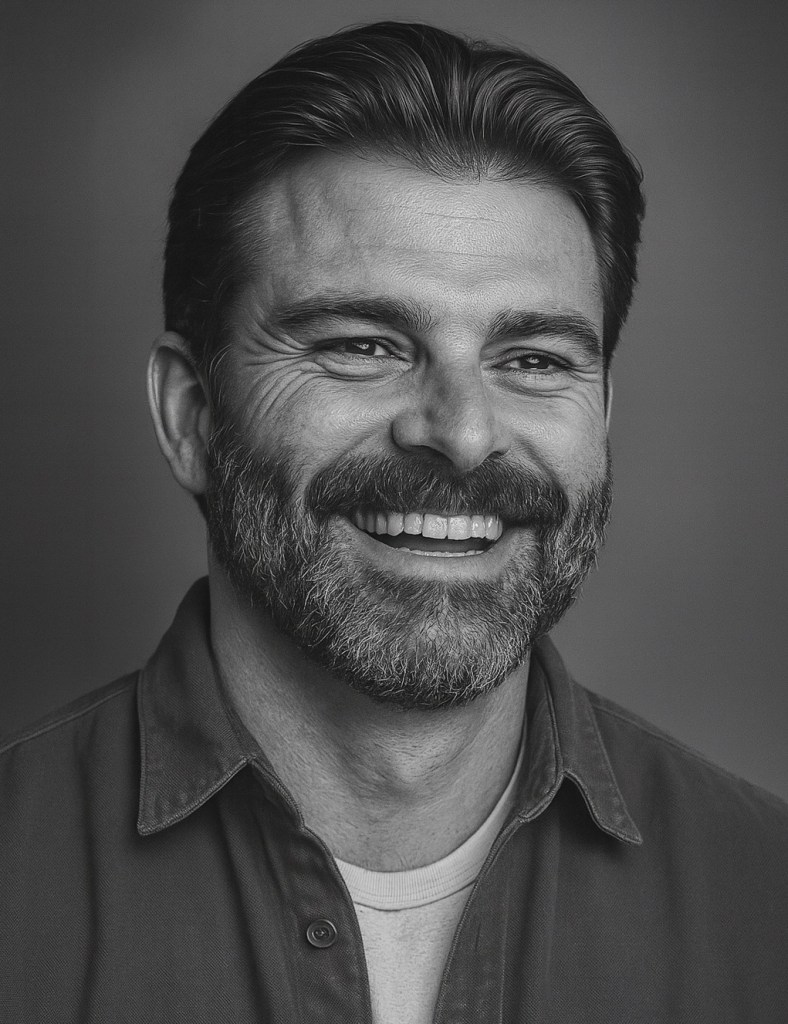Every Contractor Needs Contractors Professional and Pollution Liability Coverage

By: Chris Boggs
Coverage Part A of the commercial general liability policy is limited in scope, extending coverage to claims arising from only bodily injury and/or property damage. Couple this limited scope with the CGL form’s absolute pollution exclusion (“f.”), and most contractor risks end up with potentially expensive coverage gaps.
Contractors professional and pollution liability is a key solution to these gaps. Often referred to as contractors pollution and professional insurance, contractors protective professional indemnity coverage, or simply “CPPI,” this multiperil form specifically addresses and closes the majority of pollution and professional liability coverage gaps arising from the limited protection under the CGL’s Coverage Part A.
Understanding Coverage Gaps
Bodily injury/property damage: CGL policies extend protection when the insured contractor’s actions result in bodily injury or property damage to a third party, subject to specific exclusions. But even though the entity is not a “professional,” such as an architect or engineer, financial losses are often caused by the actions or inactions of a “non-professional” contractor that do not arise from either bodily injury or property damage.
Construction projects are not tidy operations with clear delineations of duty between professional services and construction duties, or “non-professional” duties. As the project progresses and evolves, subcontractors may advise upper-tier contractors regarding unexpected changes or how to solve unexpected problems. Such advising may cause financial loss that does not result from bodily injury or property damage, but rather an error in judgement—and such a loss would not fall within the CGL’s coverage grant.
Pollution exclusion gap: Exclusion “f.,” the “absolute pollution exclusion,” removes coverage for most pollution losses. The exclusion contains exceptions that make it less than absolute, unless the Total Pollution Exclusion (CG 21 49) is attached. But even though the absolute pollution exclusion contains several contractor-specific exceptions, protection is limited. Too many gaps exist for the contractor to depend on the CGL or even the BAP for protection.
The Big “I” Virtual University (VU) recently hosted a webinar about this topic: Is the Absolute Pollution Exclusion Really Absolute? A transcript is also available.
Crafting Solutions
CPPI coverage is the one type of policy that fills most of these gaps, by combining four key coverages:
1) Professional liability coverage. This covers financial harm arising out of professional services conducted by or on behalf of the insured, where activities that may be considered “professional services” extend far beyond the traditional understanding to include design work, engineering work, construction management operations and even services performed as part of the construction process, such as shoring or dewatering.
Some policies specifically define “professional service,” and some refer back to the activity listed in the policy’s declarations page. In the latter case, make sure the description of operations is correct. If the policy fails to consider and list all activities, coverage gaps may result (“intent” doesn’t hold up well in court).
2) Protective liability coverage. Find this coverage in one of two places: within the professional liability coverage language or, less commonly, extended in a separate coverage grant. Protective liability extends vicarious liability protection that:
- Provides excess coverage over the contracted design professional’s policy if its policy limits are insufficient.
- “Drops down” coverage to protect the insured if the design professional’s coverage is no longer available for any reason.
- Acts as a difference-in-condition coverage if the CPPI is broader than the underlying professional’s policy.
3) Mitigation expense. Also known as “mistake coverage,” this is just what it sounds like—coverage for the cost of fixing a problem before it becomes a claim. The impetus for including this coverage is cost. It’s much cheaper to fix the problem during the construction period upon discovery of the “mistake” than when construction is complete. Some policies use the term “rectification,” but the concept is the same.
4) Pollution liability. The CPPI extends contractors pollution liability coverage for two types of pollution claims:
JOB SITE/OPERATIONS POLLUTION COVERAGE: Unlike the very limited pollution protection the unendorsed CGL policy extends, claims covered by most CPPI forms include:
- Bodily injury or property damage resulting from the release of a pollutant.
- Damage to soil, water, air, animal life and plant life caused by a pollutant release.
- Release from a “non-owned” site used by the insured to treat, store, dispose of, recycle or process waste (pollutant), provided the site is licensed or approved for such use.
- Pollution losses related to the transportation of a pollutant.
- The cost to clean up, treat and restore damaged resources as a result of a release. Emergency clean-up costs are included, but protection for cleanup costs is limited—they are covered only if:
- The pollution incident occurs on or after the effective date of the policy.
- The pollution incident is discovered during the policy period.
- The pollution incident is reported to the carrier in writing during the policy period or extended reporting period.
INSURED’S LOCATION POLLUTION COVERAGE: Pollution claims emanating from the insured’s location are almost totally excluded by the CGL. By contrast, CPPI covers claims arising from the release of a pollutant from an insured’s location. This section essentially mirrors protection for the types of releases extended under the job site pollution coverage, with a few key differences:
- The release must originate at the insured’s business location.
- The release must cease within a certain number of days (varies by carrier, but seven to ten days is most common).
Note that both of these coverages are subject to the same specific provisions:
- Bodily injury, property damage or environmental damage must occur during the policy period.
- The claim must be made during the policy period.
Some carriers may provide pollution coverage on an occurrence basis, where wording in the policy limits coverage to just one policy period to avoid stacking of limits. A few carriers, however, provide coverage on a claims-made and reported basis, which follows the usual claims-made protocol:
- The claim must be made against the insured during the policy period or any extended reporting period.
- The release must occur on or after the retroactive date.
- Prior to the effective date of the policy, the incident could not have been known to have occurred.
What to Review
CPPI forms are proprietary, there is no “standard” CPPI coverage form. When reviewing coverage forms, consider the following:
The application. Most if not all CPPI carriers place great importance on the application. Standard property-casualty applications are considered “representations,” meaning that the information provided in the application is deemed to be accurate “to the best of the insured’s knowledge.” This allows room for unintended, non-material misinformation without loss of coverage.
CPPI applications, however, are held to a higher standard: “representations with dependence.” This means the carrier depends on the accuracy of the information in agreeing to issue the policy. The application may even become part of the policy, especially when there is a question regarding the insured professional service.
Defense costs. Defense costs are within the limits of coverage and reduce the amount available to pay the loss. Some carriers may allow endorsement of a separate defense limit for an additional premium.
Definition of “bodily injury.” Most if not all CPPI coverage forms define “bodily injury” to include physical injury, sickness or disease, death, mental anguish, emotional distress, or shock. Two additional definitions appear in some CPPI forms that missing from others:
BUILDING-RELATED ILLNESS: This is not synonymous with “sick building syndrome.” The term applies when symptoms of a diagnosable illness or condition are identified and can be attributed directly to airborne building contaminants, such as Legionnaire’s disease or allergic reactions.
ASSOCIATED MEDICAL AND ENVIRONMENTAL MONITORING: this appears to greatly expand the breadth of coverage under the definition of “bodily injury.” Because the phrase is not a defined term, it must be defined and interpreted as would a reasonably intelligent person who is not within the insurance, legal or environmental profession. Based upon such a reading, the policy pays to medically monitor, over time, the person or persons suffering bodily injury, and monitor the environment in which the injury or condition occurred to assure the toxins, chemicals or other pollutants are not present in sufficient levels to cause harm.
Consent to settle clause. Like most professional lines coverage forms, CPPI forms contain this type of clause, which is often incorrectly referred to as the “hammer” clause. The consent to settle clause allows the insured to forbid the insurance carrier from settling a claim without the insured’s permission. However, if such permission is withheld, the insured can be “hammered” by the decision.
Who Needs CPPI?
According to industry literature, the coverage is designed or tailored to meet the needs of:
- General contractors
- Construction managers
- Design-build firms
- Heavy and highway contractors
- Specialty, trade and artisan contractors
- Environmental contractors
- Remediation contractors
This list leaves out very few contracting risks. Coverage gaps and a much broader application and understanding of “professional services” mean pretty much every contractor needs CPPI coverage.
Next Wednesday, Nov. 15, the VU will host a webinar that explains CPPI coverage and many specific provisions in great detail. Register today to reserve your spot. Remember, all registrants receive a session transcript in addition to the recording.
Chris Boggs is executive director of the VU.










